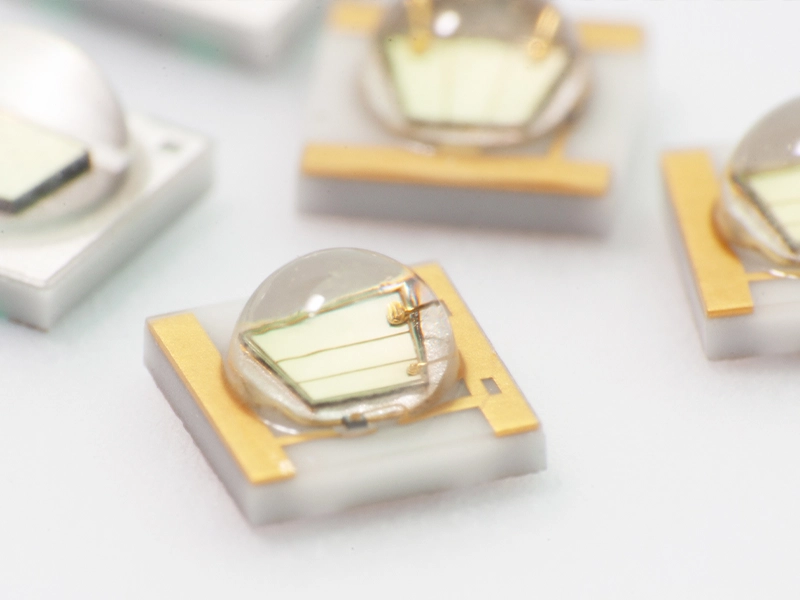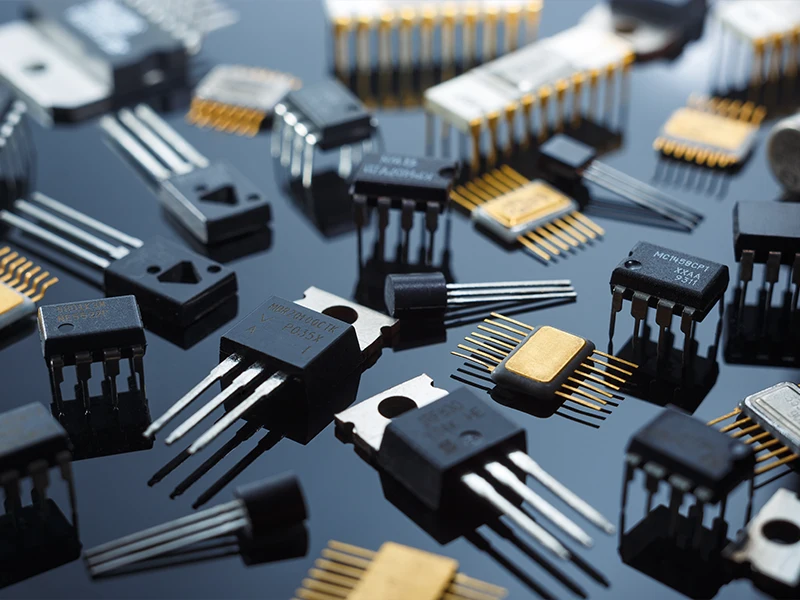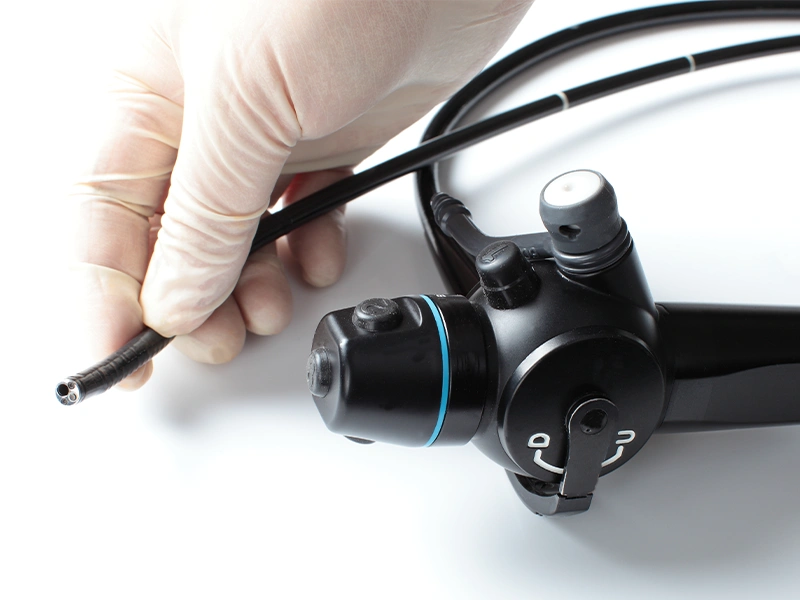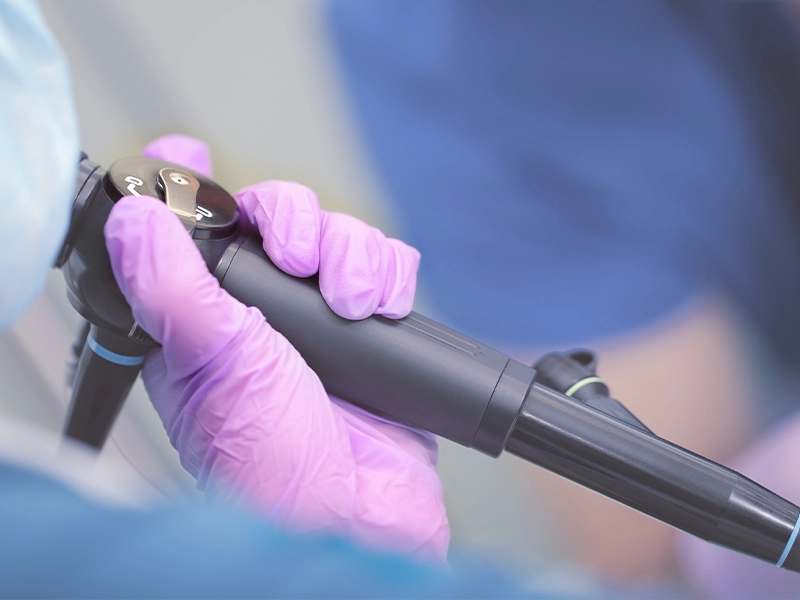Compounding technology for Epoxy Moulding Compounds (EMC)
Long known for their good electrical and mechanical properties as well as excellent chemical and aging resistance, epoxy moulding compounds were first described and patented in the 1930s.
Epoxy moulding compounds consist of a polymer matrix (epoxy resins, hardener and accelerator catalyst) mixed with fillers, reinforcing materials, pigments, release agents, etc. and formed into pellets or chips.
Epoxy resin moulding compounds undergo a polyaddition reaction, i.e. no by-products are formed during moulding. Therefore, the same end properties are achieved regardless of the type of moulded part, regardless of wall thickness. Once the reaction is complete in the mould, no further change in mechanical, electrical or thermal properties takes place. Post-curing is not required and post-shrinkage due to the reaction is virtually zero. This is also one of the reasons for the excellent long-term thermal stability of epoxy moulding compounds.
Typical applications
EMC thus meet demanding requirements for a wide range of applications in electronics, medical technology and the automotive industry. With the ongoing miniaturization of electrical components and the simultaneous increase in their performance, the requirements for insulating encapsulation systems that protect against environmental influences are becoming increasingly stringent. In medical technology, for example, they must be able to withstand numerous sterilization processes without damage and exhibit a high degree of resistance to X-rays.
Compounding requirements
Central requirement in the preparation of epoxy resin moulding compounds, apart from the gentle incorporation of high additive proportions, is to maintain the absolute temperature limit below the cross-linking temperature. The Buss Kneader achieves this in an outstanding manner due to its operating principle, in which a relaxation sequence takes place after each gentle shear cycle. The optimum process temperatures can be recorded at any time by exact measurement of the product temperature via drilled kneading pins. This data can also be used as proof of quality assurance. Thanks to customized solutions according to material, service lives in the process chamber are above average.
With cost-effective throughputs and all the advantages of continuous production, such as extremely constant and traceable product quality, high utilisation factor and plant availability, the Buss Kneader technology is certainly well proven in this field.
Backed by broad-based Buss process expertise, Buss Kneaders are therefore first choice for the continuous preparation of epoxy moulding compounds.
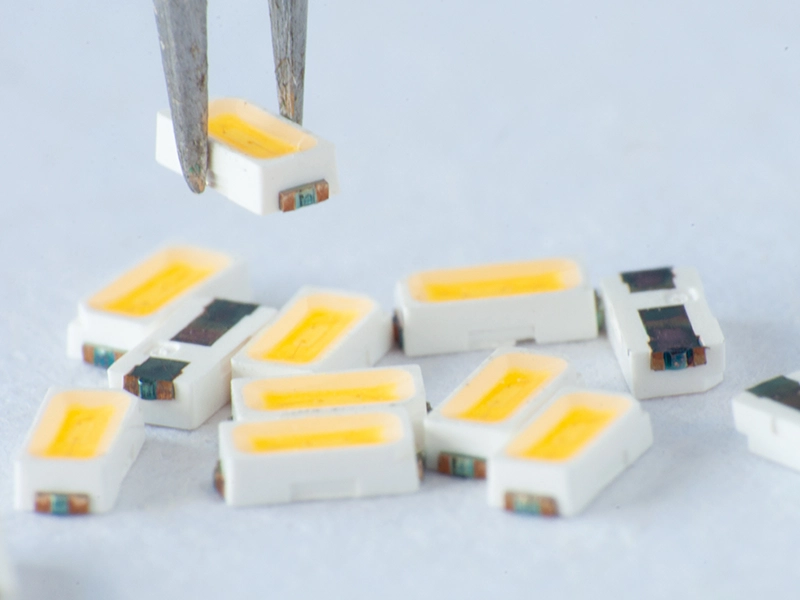
Typical plant layout for EMC
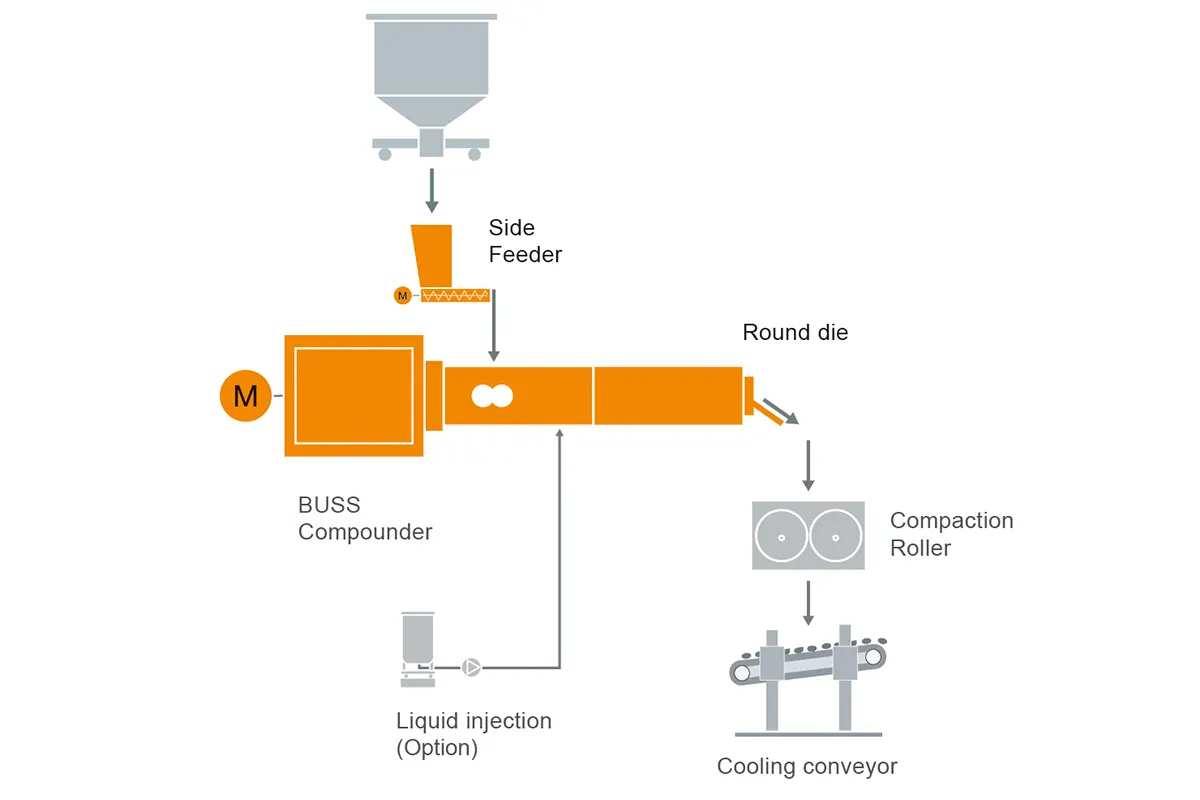
BUSS compounding systems for EMC offer the following specific benefits
Learn More
Downloads
-
EMC Compounds Fact Sheet
-
COMPEO



